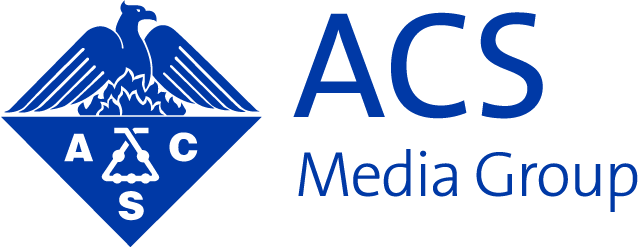Jordan Nutting is a Senior Editor at C&EN BrandLab, ACS Media Group’s custom content studio. While earning her Ph.D. in chemistry, she also pursued her passion for writing and communication, including a stint as a science reporter during the COVID-19 pandemic. She now funnels her love of words and chemistry into creating compelling science stories and content.
As a senior editor with C&EN BrandLab, following trending topics in chemistry is a huge part of my job.

On an average Friday morning, you’ll find me reading the latest stories on Chemical & Engineering News (C&EN), scanning industry newsletters for relevant webinars, checking out the latest on #chemsky, reading blog posts …
It’s a lot to keep up with, and I know other science marketers can find it overwhelming to keep up with trends and news in science.
To save you time and inspire your upcoming campaigns, I’ve put together a list of five topics that will capture chemists’ attention in 2025. These topics are among the most read by our C&EN readers. Consider them for your next e-book, white paper, or marketing campaign to ensure relevant and engaging content in the year ahead!
1. Pharmaceuticals: New Drug Modalities
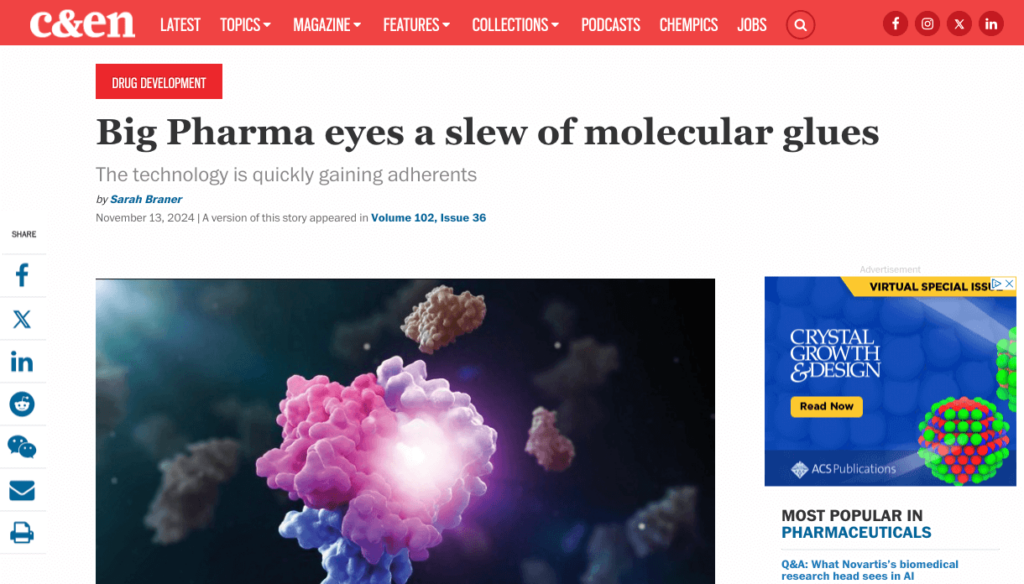
New drug modalities are drugs that have structures and mechanisms of treating disease that are distinct from existing drugs. Most of the new drug modalities that have emerged in recent years are biopharmaceuticals like cell therapies and CRISPR-cas9-based gene therapies. However, there are several that are more relevant to chemistry-minded members of the pharmaceutical industry.
Degraders
Proteolysis targeting chimeras (PROTACs), molecular glues, and other targeted protein degrader drugs continue to garner significant attention. Degraders hold promise for treating diseases caused by targets that are otherwise difficult to drug.
Their unique mechanisms of action differ from those of typical small molecule drugs: rather than blocking a disease-causing protein’s action, degraders recruit cells’ natural garbage disposal systems to break down and destroy problematic proteins.
Several PROTACs and molecular glues are currently in clinical trials. One PROTAC is currently being evaluated in a phase 3 clinical trial and received a fast-track designation from the US FDA in early 2024.
There’s a lot to explore within the topic of degraders, including novel screening methods, establishing design principles, and new degrader types. Marketers who want to tap into this trend can share how their organization’s technologies or capabilities enable progress in this field.
Learn more on C&EN: Big Pharma eyes a slew of molecular glues
Radiopharmaceuticals
Radiopharmaceuticals, or molecules that deliver toxic radioactive particles to cancer cells, have been the subject of several major business deals in 2024. With manufacturing capacity set to expand and alternative radioactive isotopes being investigated, there will be plenty of opportunities to explore innovative chemistry in this space.
Antibody-Drug Conjugates (ADCs)
Antibody-drug conjugates (ADCs) are another novel drug modality that will continue to capture interest. ADCs combine the targeting power of antibodies with the therapeutic efficacy of small molecule drugs. To date, over 10 ADCs have been approved by the US FDA. What chemists and researchers will be looking for now are new, more innovative approaches in their design, and a wider range in the diseases and conditions they target.
2. Technology: AI is Here to Stay
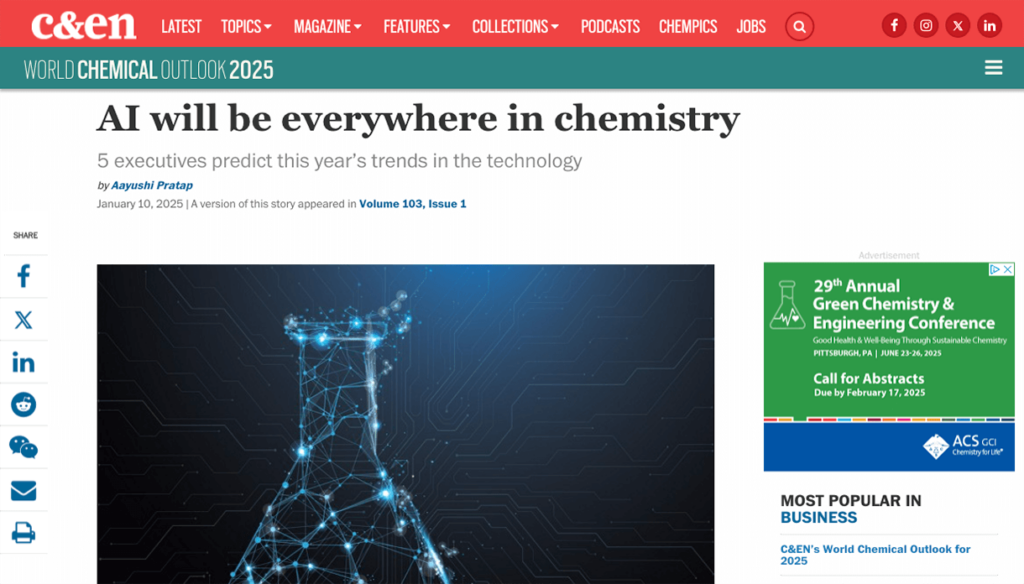

It’s hard to get away from artificial intelligence. Even the Nobel Prize committee seems to have caught the AI bug: the 2024 Nobel Prize in Chemistry went to three researchers who developed protein design and protein structure prediction tools. AI is an essential component of these tools, and the prize highlights the growing impact of AI in chemistry.
After several years of AI hype, now is the time for companies to tell thoughtful stories about how they’re seeing results from using AI. Perhaps you share how you’re curating the high-quality data needed to train chemistry-relevant AI models. Maybe you even have a story about why your company doesn’t talk about AI.
There are also opportunities to tap into this topic by discussing the hardware and computing inputs needed to support AI. For example, AI applications require specialized semiconductors, and AI companies are looking for cleaner energy to power their data centers.
Learn more on C&EN: AI will be everywhere in chemistry
3. Policy: Navigating Regulatory Changes
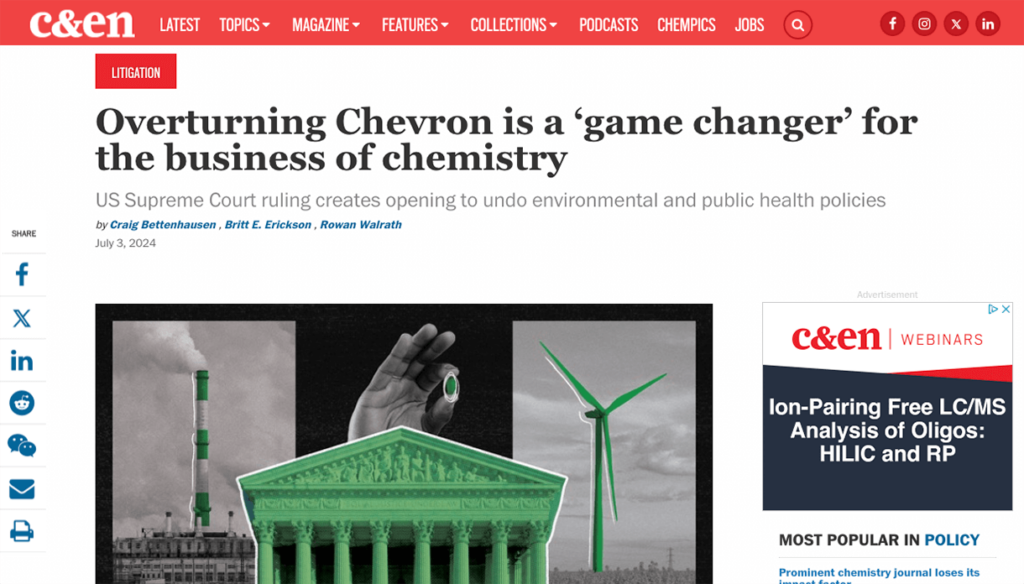
In a recent survey of chemists by C&EN BrandLab, over 40% of respondents said they were interested in content about regulatory compliance, making it one of the most popular surveyed topics. While this topic may seem dry, understanding regulation helps professionals keep up with major developments affecting their industry.
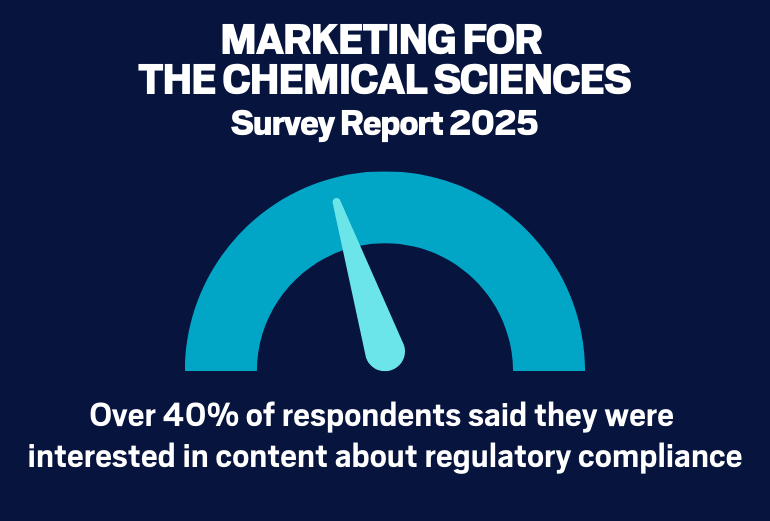
The BIOSECURE Act aims to prohibit federally funded organizations from working with certain Chinese businesses. It passed in the US House of Representatives in 2024 and is currently with the US Senate. Its passage could significantly impact businesses that rely on Chinese chemical service firms, and similar service businesses in India may see a boost as US companies seek to fill that gap.
In another 2024 development, the US Supreme Court overturned the so-called Chevron deference doctrine. Under the Chevron deference, courts deferred to US regulatory agencies’ interpretations of unclear laws, giving these agencies greater ability to defend their regulations in court. Now that Chevron deference has been overturned, experts expect an influx of lawsuits challenging federal regulations that will likely affect a range of regulated chemical industries.
While we don’t know exactly how this change will play out, savvy marketers and communications professionals should keep an eye out for high profile court lawsuits that could offer opportunities for thought leadership and public relations.
2025 will also introduce major regulatory changes for chemistry. For example, the US FDA released draft guidance in January on how the pharmaceutical industry can use AI to generate data that will be used in regulatory decision making. This is the first time the US FDA has issued guidance around the use of AI.
Learn more on C&EN: Overturning Chevron is a ‘game changer’ for the business of chemistry
4. Sustainability: Understanding Microplastic Pollution
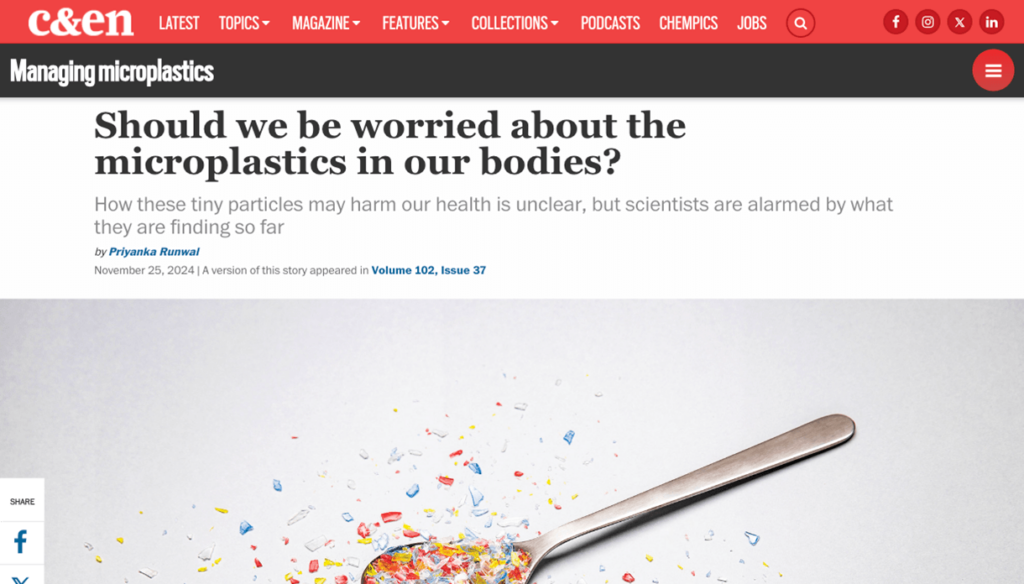
Negotiations for a United Nations treaty on global plastic pollution stalled in late 2024, though talks are set to resume this year. The treaty will likely include language around a particular type of plastic pollution—microplastics.
Microplastics have earned significant public attention in recent years. They are microscopically tiny plastic fragments that have been found in all sorts of unlikely places, such as Antarctica and human placentas. Though their health risks are not well understood yet, their widespread presence has many experts concerned about their effects on human and environmental health.
To understand the risk of microplastics, researchers must first be able to find and characterize them. This is no easy task—microplastics are not identical. They come in different shapes, sizes, colors, and materials.
So, chemists are developing techniques that will help make the search for microplastics more systematic. Marketers for analytical organizations have opportunities to highlight analytical instruments and software that might aid those efforts.
Learn more on C&EN: Should we be worried about the microplastics in our bodies?
5. Energy: Decarbonization Technologies
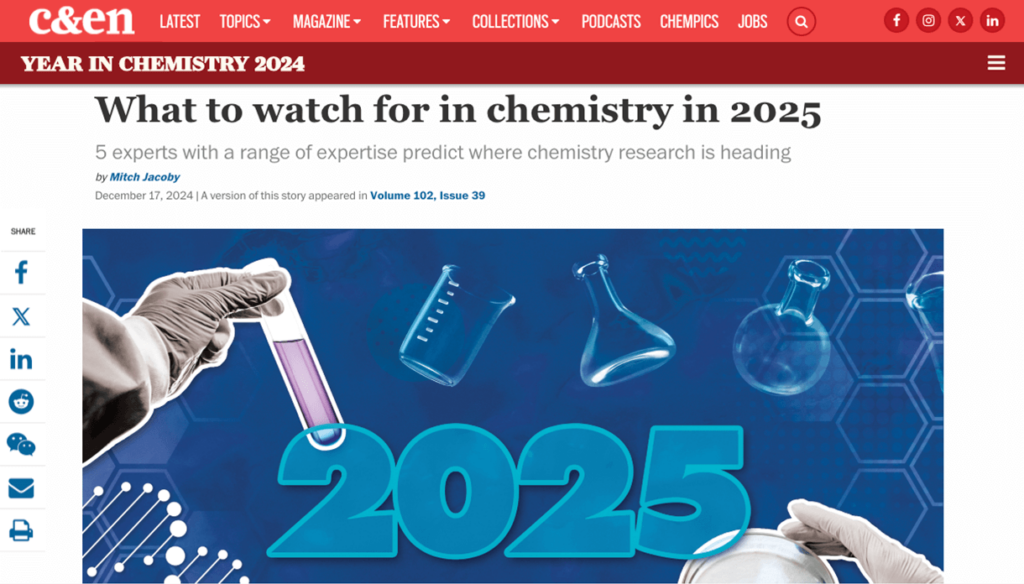
2024 was the hottest year on record. As we continue to grapple with the impacts of climate change, there will be interest in new chemical materials and technologies that help reduce greenhouse gas emissions. Industry will also be seeking technologies that will help lower the carbon footprints of their chemical plants.
Technologies of interest in this area might include new battery chemistries for grid energy storage and materials for carbon capture.
Organizations involved in manufacturing or applying these innovations have a story to tell. If your organization supplies materials or instrumentation essential for decarbonization tech, you can tap into what the CEO of DG Fuels calls a “global megatrend.”
Learn more on C&EN: What to watch for in chemistry in 2025
